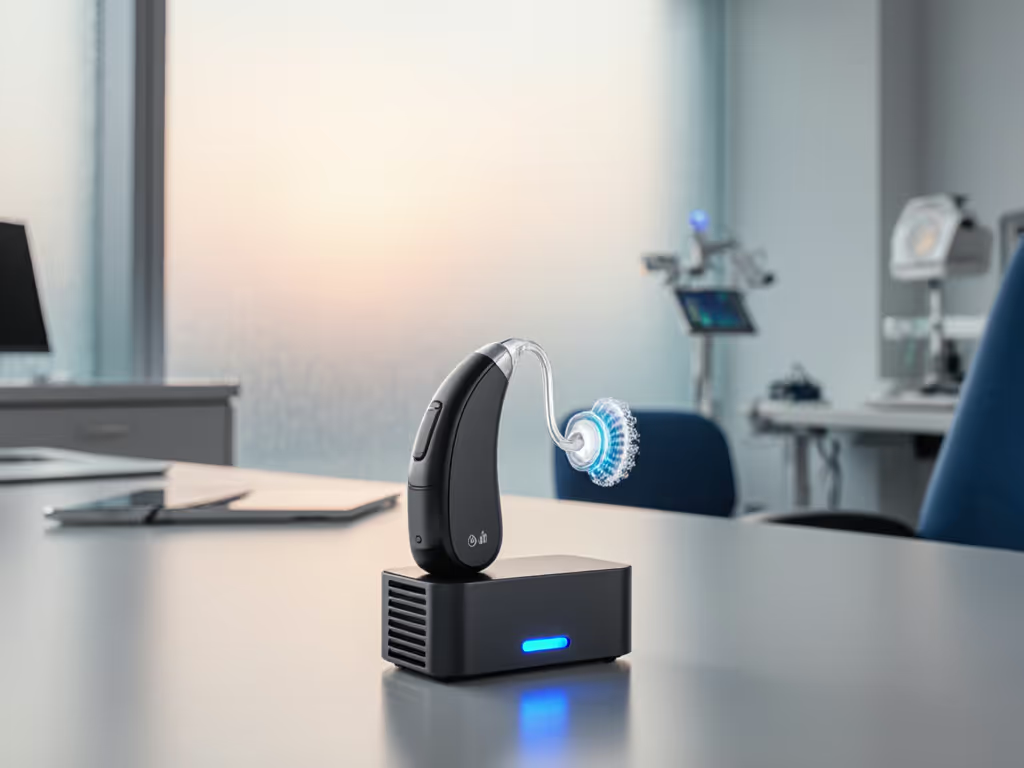
Wireless Charging Myths: Safety and Battery Truths
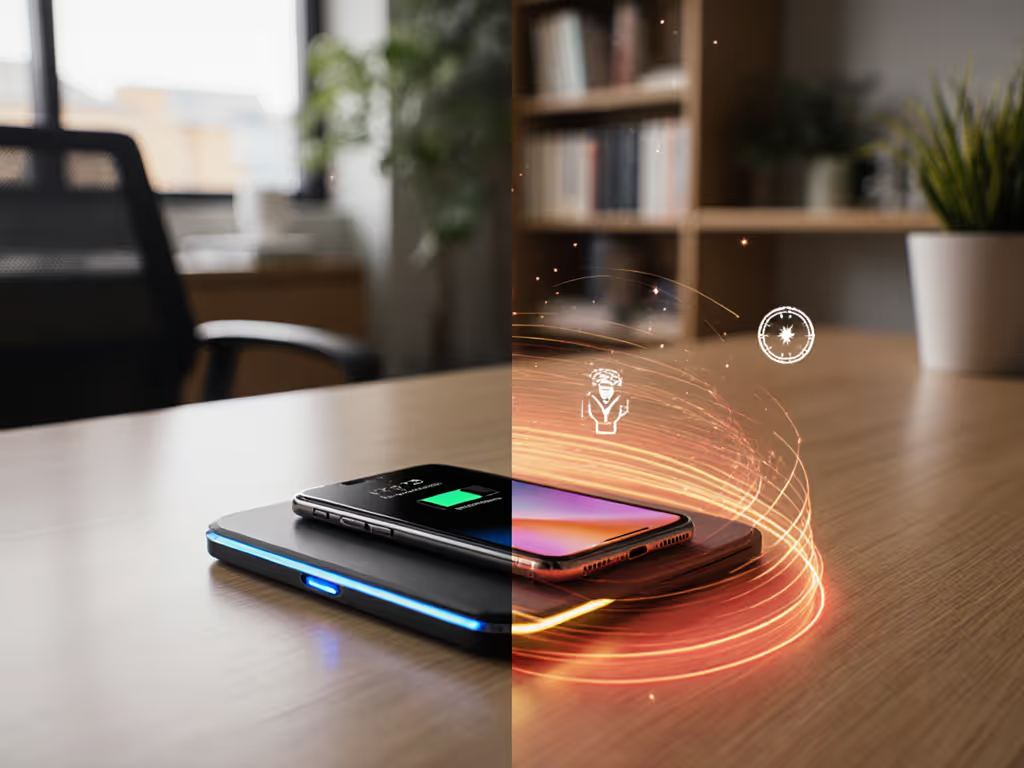
Let's cut through the noise: wireless charging myths about electromagnetic dangers persist despite robust scientific consensus. The reality? Wireless charging safety is rigorously engineered, with standards exceeding everyday exposure limits by 50-fold. As an independent researcher focused on lithium-ion longevity, I've analyzed hundreds of charge cycles and thermal profiles. What truly threatens your device isn't phantom radiation, it's uncontrolled heat. A cool battery is a long-lived battery, and understanding this distinction turns anxiety into actionable strategy.
The Electromagnetic Field (EMF) Misconception: Separating Fact from Fiction
Wireless charging uses inductive or resonant magnetic field transfer (typically 100-350 kHz for Qi/Qi2, up to 2 MHz for some MagSafe systems). Crucially, these frequencies sit in the non-ionizing part of the electromagnetic spectrum, unlike X-rays or UV radiation, they lack energy to break molecular bonds or damage DNA. This isn't theoretical: major health bodies like the International Commission on Non-Ionizing Radiation Protection (ICNIRP) and IEEE enforce exposure limits 50 times below levels showing any biological effect. Your kitchen microwave (2.45 GHz) emits far stronger fields, yet operates safely behind shielding.
Health-first beats hype. Prioritize measurable threats over fear.
IDTechEx's 2023 EV charging report confirms this principle scales: wireless systems embed active shielding (ferrite plates directing flux) and Foreign Object Detection (FOD). FOD sensors (using capacitive, optical, or infrared triangulation) halt power if coins, keys, or even pet paws interrupt the field. European Commission-compliant chargers (CE marked) must include this. Without it, heating metallic debris could pose burn risks; with it, operation stays inherently safe. The NCBI study on 160W scooter chargers further validates compliance: biological tissue exposure remained below ICNIRP thresholds at 30 kHz, though higher frequencies (e.g., 150 kHz+) increased localized heating slightly. Certified chargers never exceed these limits.
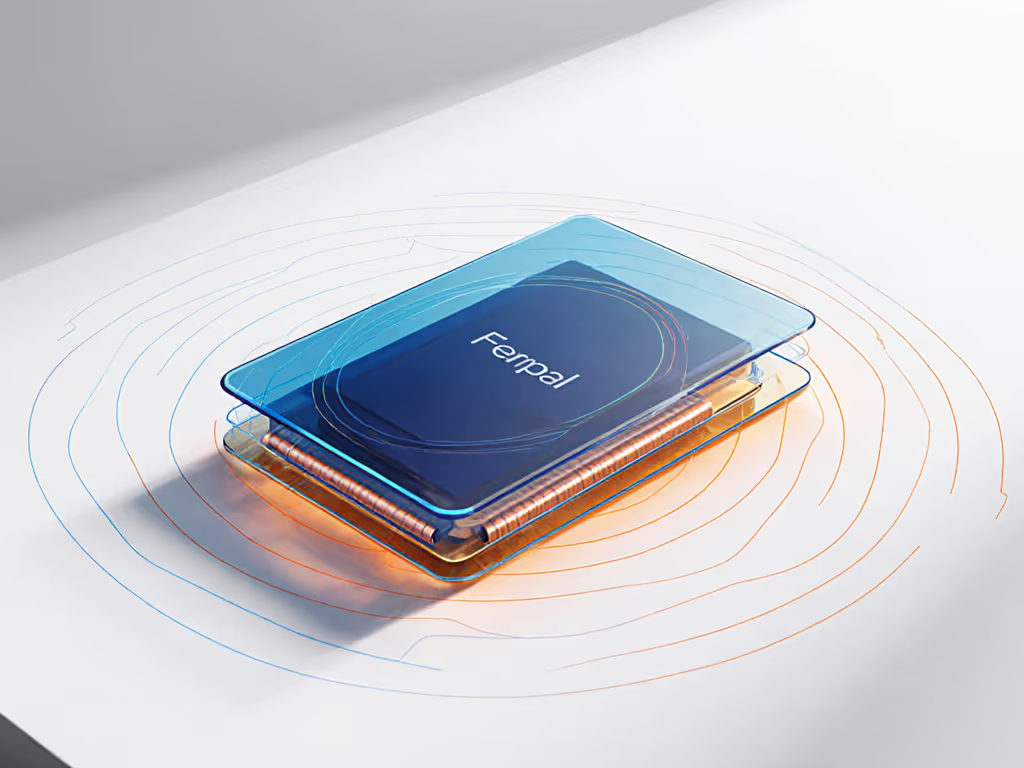
Wireless Charging Heat Issues: The Real Battery Threat
Here's where wireless charging myths divert attention from tangible risks: heat. While EMF concerns dominate headlines, thermal stress accelerates lithium-ion degradation. Battery University data shows capacity loss doubles per 10°C rise above 25°C. During my summer road trip troubleshooting (a lesson etched in memory), a poorly designed car mount let my phone soar to 43°C. Navigation lagged as thermal throttling kicked in, and my battery estimate plummeted 30% in 15 minutes. Why? Inefficiency in wireless power transfer creates waste heat, especially with misaligned coils or thick cases.
Unlike wireless vs wired safety debates (both are equally safe when certified), thermal management differs starkly:
- Wired charging: Direct current minimizes resistive losses; devices stay near ambient temperature.
- Wireless charging: Typical 70-80% efficiency means 20-30% energy becomes heat. At 15W Qi speeds, surface temps often hit 35-40°C; cheap 30W+ pads without thermals can breach 45°C. For lab-tested data on heat and throttling across popular pads and phones, see our wireless charging speed test.
Samsung's 2022 battery whitepaper states: "Sustained temperatures above 40°C during charging reduce cycle life by 20%." Apple's Support docs add: "Remove cases thicker than 3mm during wireless charging." This isn't manufacturer FUD, it's physics. Does wireless charging damage your battery? Only when heat isn't managed.
Debunking Battery Longevity Fears: What Data Reveals
Many cite accelerated wear from wireless charging. Valid concern, but context is critical. Long-term studies (like Panasonic's 2021 cell analysis) show how damage occurs:
- Acceptable: Short bursts at ≤38°C (e.g., desk charging while working).
- Risky: Prolonged sessions >40°C (overnight charging on sunlit nightstands).
- Critical: Sustained >45°C (car mounts in summer).
Qi2's Magnetic Power Profile (MPP) addresses this via tighter coil alignment (reducing energy loss) and mandatory temperature telemetry. When my phone exceeds 39°C, it throttles to 5W, even if the pad claims 15W. Respect these signals. Wired charging avoids this only if your cable/brick exceeds device demands (e.g., 30W USB-C PD). A 5W USB-A brick throttles wired speeds too. The real issue isn't wireless vs wired, it's power matching and thermal control.
Practical Safeguards: Engineering for Longevity
Don't fall for speed-obsessed marketing. As I learned graphing charge curves after that parking lot ordeal, longevity requires discipline. Implement these evidence-backed rules:
- Temperature thresholds: Never charge above 40°C surface temp. Use a $10 IR thermometer if unsure. At 38°C+, pause charging until cooling.
- Case strategy: Remove leather/silicone cases >2mm thick during charging. Opt for Qi2/MagSafe-compatible thin cases (e.g., Apple FineWoven).
- Placement rules: Avoid direct sunlight, car dashboards, or near radiators. Nightstands? Choose pads with auto-shutoff after 3 hours (e.g., Belkin BoostCharge Pro).
- Power hygiene: Use a GaN brick ≥30W (even for 15W pads). Weak bricks overwork coils, increasing heat. Verify Qi/MFi certifications, counterfeits skip FOD.
Protect the pack, and performance naturally lasts the distance. That malfunctioning mount taught me speed matters little when your GPS dies mid-route.
The Verdict: Safety Confirmed, Heat Managed
Is wireless charging safe? Unequivocally yes, when certified (look for Qi2, MFi, CE marks). Decades of EMF research and strict FOD protocols make it safer than plugging in (no electrocution risk, no tripping over cables). Wireless charging safety isn't a marketing gimmick; it's codified in IEC 62368-1 standards. But battery anxiety? That's justified only when ignoring heat. Your greatest ally is cool operation: aim for 25-35°C during charging. Adopt the safeguards above, and your setup becomes both future-proof and longevity-optimized.
Health-first beats hype. Prioritize thermal hygiene over wattage wars, and your devices will outlive the myths.
Related Articles

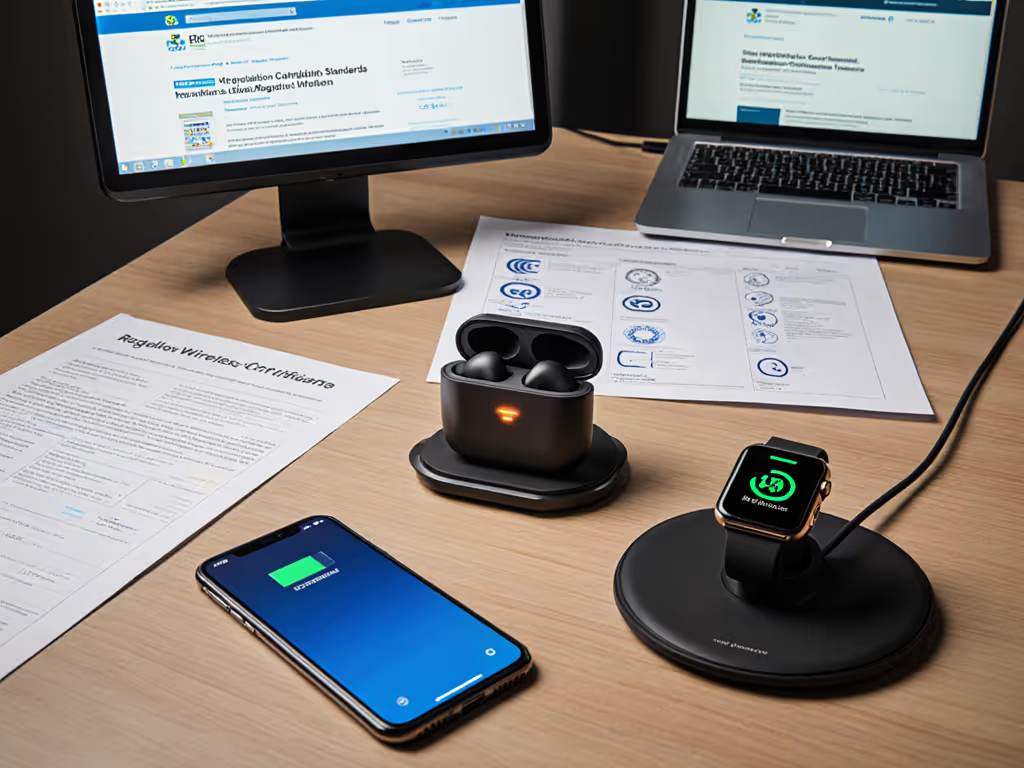
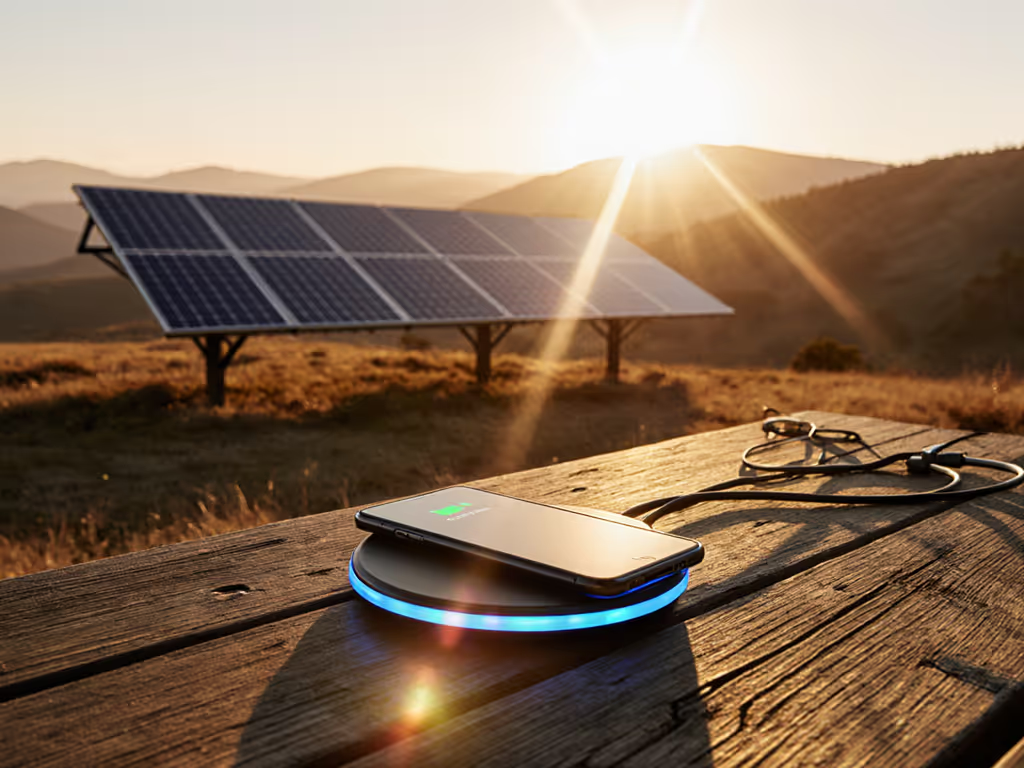
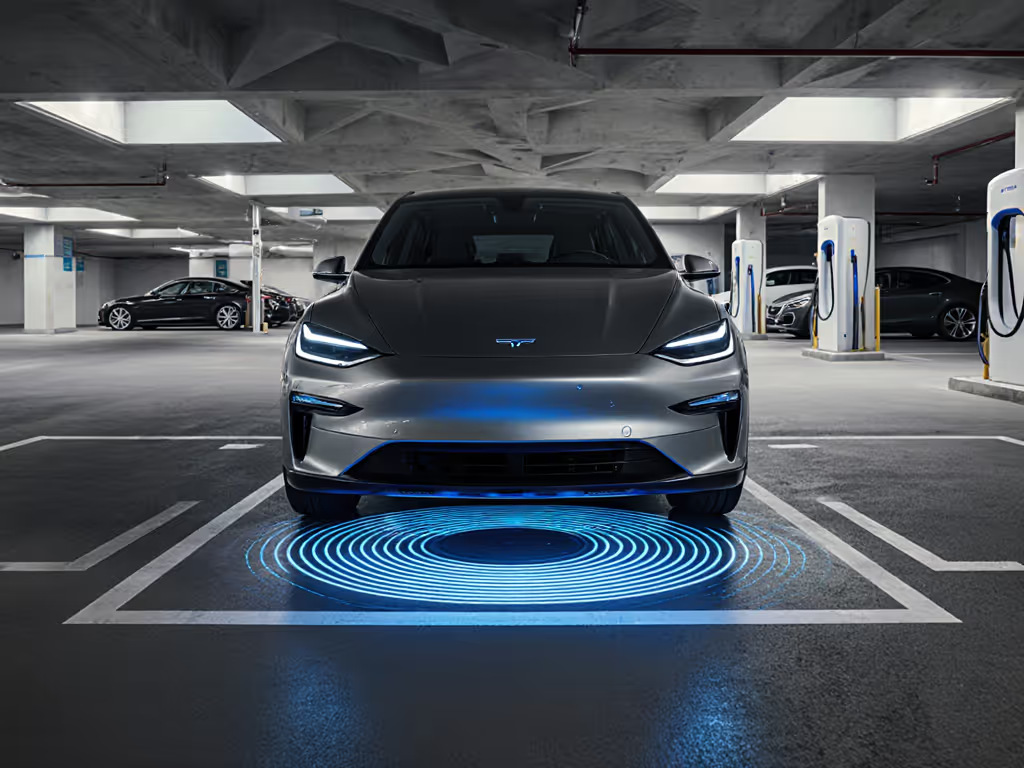
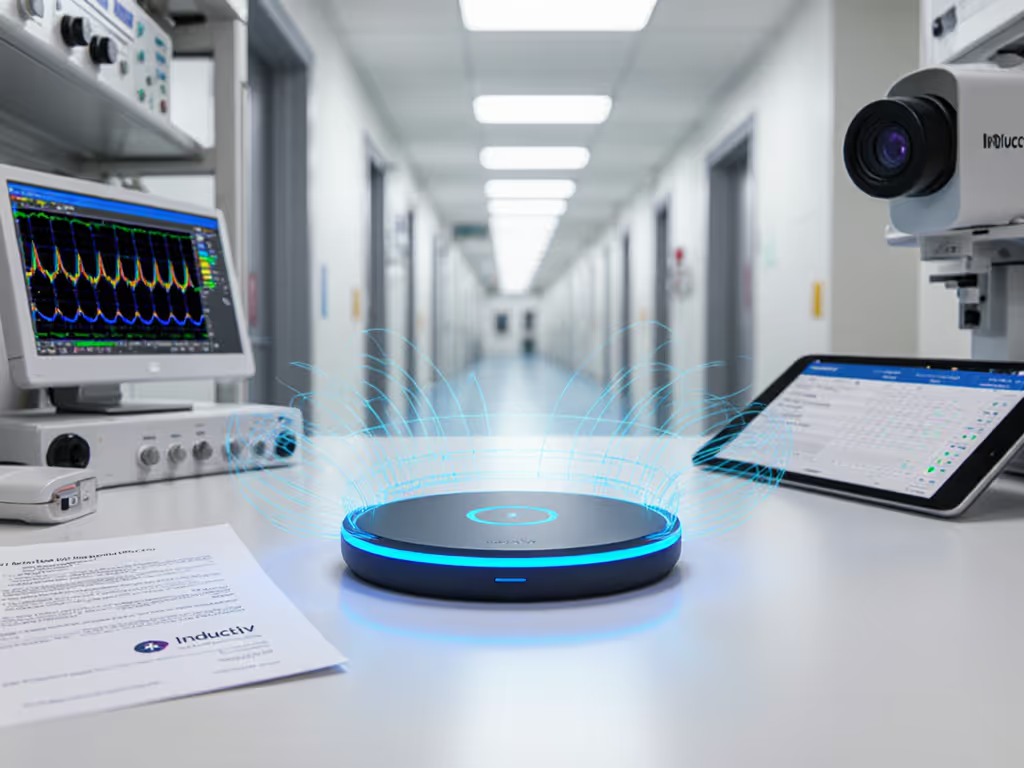
Medical Wireless Charging Safety for Implantable Devices
Evidence-based guidance for making wireless charging safe for implants: control heat, avoid electromagnetic interference, and ensure stable alignment with validated transfer methods and materials. Includes practical protocols, key standards, and a step-by-step validation plan for patients and hospitals.
